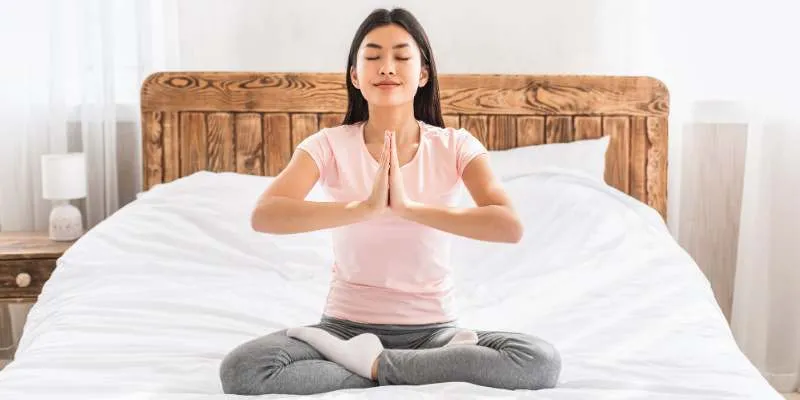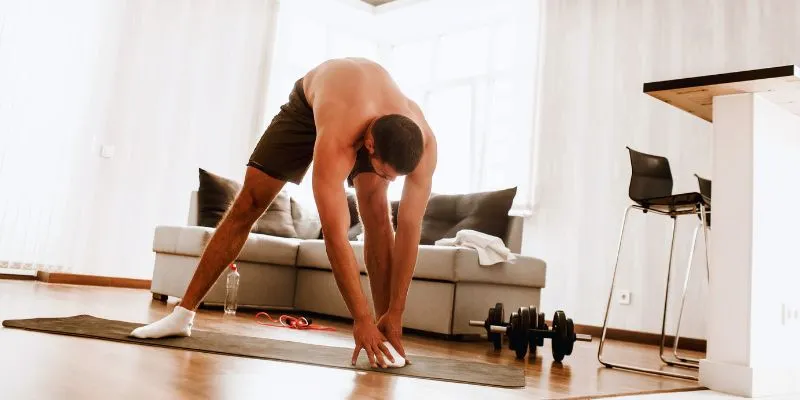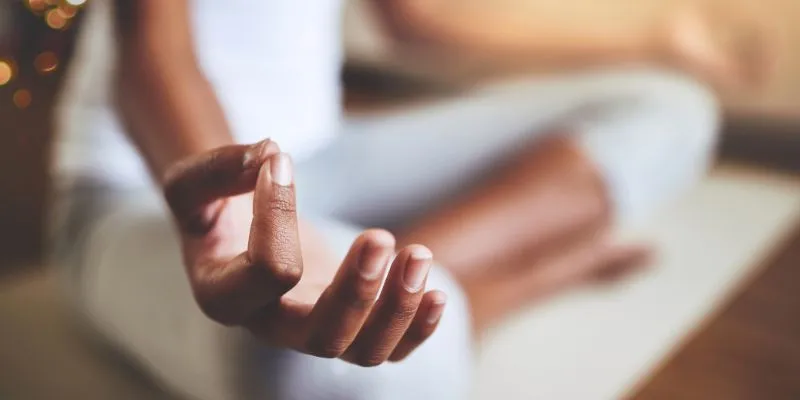Best Balance Exercises for Seniors
Maintaining stability and balance is crucial for seniors as it reduces the risk of falls, improves mobility, and promotes independence in daily activities. Regular balance exercises can enhance flexibility, coordination, and muscular strength. In this article, we discuss the best balance exercises for seniors, offering simple, safe, and effective routines to boost overall well-being.
If you’re ready to take the first step toward increased stability and independence, include these balance exercises in your routine. With continued practice, your balance and overall physical fitness can significantly improve.
Benefits of Balance Exercises
Before starting any physical activity, it’s important to understand the benefits of balance exercises for seniors:
- Lowers the Risk of Falls: Falls are a leading cause of injuries among seniors. Balance exercises increase muscular strength and coordination, reducing fall risk.
- Enhances Stability: Activities like walking, rising from a chair, and climbing stairs require stability, which balance exercises support and improve.
- Improves Mobility: Regular balance training enables seniors to move more confidently and with increased mobility, enhancing their overall freedom.
- Boosts Strength and Flexibility: Many balance exercises also enhance muscular strength and flexibility, crucial for maintaining good body mechanics and posture.
- Increases Confidence: Improved balance can boost seniors’ confidence, encouraging them to participate in social and physical activities.
Best Balance Exercises for Seniors
- Single-Leg Position Exercise
Benefits: The single-leg posture improves balance and coordination by strengthening the legs, hips, and core muscles. It also enhances stability when walking or standing and proprioception, or awareness of body position.
How to Do It:
- Stand close to a wall or behind a sturdy chair for support.
- Shift your weight onto one leg and lift the other foot slightly off the ground.
- Maintain an upright stance with relaxed shoulders and a straight back.
- Hold the position for 10 to 15 seconds, then switch legs.
- As your balance improves, reduce reliance on the chair or try holding the position longer.
- Pro Tip: For an added challenge, try closing your eyes or moving your arms while maintaining balance.

- Heel to Toe Balance Exercise
Benefits: This exercise strengthens the muscles in the ankles and feet, increasing walking stability. It improves balance and coordination, reducing the risk of tripping and falling, especially on uneven surfaces.
How to Do It:
- Stand with your feet together and arms at your sides.
- Step forward with one foot so the heel aligns with the other foot’s toes.
- Maintain your balance as you walk, taking deliberate, steady steps.
- Take 10 to 15 steps, keeping your posture straight and controlled.
- Pro Tip: For more stability and focus, perform this exercise in a straight line or along a hallway.
- Standing March Exercise for Seniors
Benefits: This exercise enhances dynamic balance when walking or climbing stairs by strengthening the legs and core. It also improves general mobility by working the thigh and hip flexor muscles.
How to Do It:
- Stand with your feet shoulder-width apart, hands on your hips or a chair for support.
- Slowly lift one leg toward your chest as if marching, maintaining a straight back and engaged core.
- Lower the leg and switch to the other knee.
- Continue marching in place for 30 to 60 seconds.
- Pro Tip: Challenge yourself by marching without support or incorporating arm movements to engage your upper body.
- Side Leg Raises
Benefits: Side leg raises improve lateral stability by strengthening the hip, thigh, and lower back muscles. They promote good posture and aid in balancing sideways movements.
How to Do It:
- Stand near a wall or chair for stability.
- Slowly lift one leg to the side, keeping the knee straight and toes forward.
- Hold the position briefly, then lower your leg back down.
- Repeat 10 to 15 times on each side, maintaining controlled movements.
- Pro Tip: To further challenge your balance, try extending your range of motion or performing the exercise without support.

- Rock the Boat
Benefits: This exercise enhances dynamic balance and coordination by strengthening the hips, ankles, and core. It also improves balance perception, vital for maintaining stability during daily movements.
How to Do It:
- Stand with your feet hip-width apart and arms at your sides.
- Shift your weight to one leg, lifting the other foot slightly off the ground.
- Hold the position for a few seconds, then shift your weight to the other side.
- Repeat the side-to-side movement 10 to 12 times.
- Pro Tip: Close your eyes to enhance balance, or perform this exercise on a softer surface for added difficulty.
- The Tandem Position
Benefits: The tandem stance tests the legs, hips, and core muscles, improving postural control and gait stability. It also aids in enhancing static balance, essential for activities like walking on uneven ground or standing in a confined space.
How to Do It:
- Stand with one foot directly in front of the other, heel touching toes.
- Use a chair or wall for support if needed, and hold this position for 20 to 30 seconds.
- Switch feet and repeat on the opposite side.
- Pro Tip: Increase the workout’s difficulty by closing your eyes or removing support, forcing your body to rely more on orientation perception.
- Sit-to-Stand Chair
Benefits: This functional exercise simulates sitting and standing, a vital everyday action for maintaining independence. It strengthens the muscles in the legs, hips, and core, reducing the risk of falls.
How to Do It:
- Sit in a comfortable chair with your feet shoulder-width apart, flat on the floor.
- Rest your arms on your thighs or cross them over your chest for balance.
- Push through your heels to stand up, maintaining a straight back and engaged core.
- Slowly lower yourself back into the chair with control.
- Repeat 10 to 15 times.
- Pro Tip: Add difficulty by raising your arms over your head or holding a light object.
Conclusion
Balance exercises are crucial for seniors aiming to maintain their independence, mobility, and safety in daily life. Regular practice of these exercises can increase flexibility, strength, and coordination. Start slowly, ask for assistance when needed, and with dedication and persistence, you’ll notice significant improvements.
Ready to enhance your balance and stability? Start incorporating these activities into your routine to regain your equilibrium and boost your confidence.










